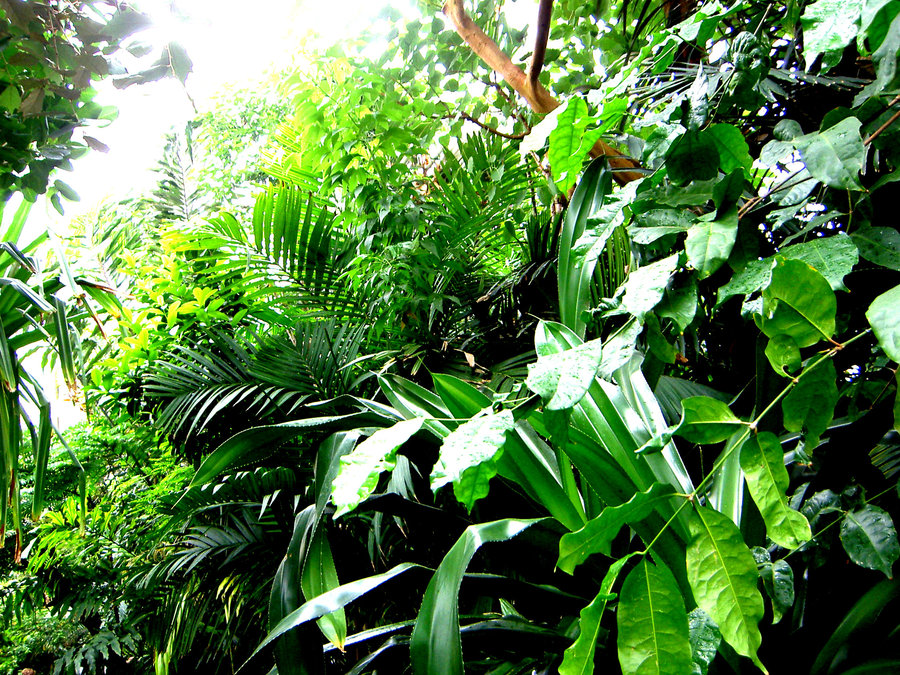Cucumbers are your best bet in summers as they are 96 per cent water and eaten in raw green state. They contain vitamin C and silica which are known for tissue growth and skin cleansing properties. Their high water content makes them ideal for summers. It is important to eat cucumbers with the skin because their outer skin is rich in potassium, magnesium and fibre which has tremendous health benefits for the body.
Brinjal
 Brinjal or baingan is a common purple vegetable containing lots of dietary fibre and antioxidants. It is an excellent source of molybdenum, potassium, vitamin K, magnesium, copper, vitamin C, vitamin B6, folate, and niacin. It is known to have a dominant antioxidant which can also lower bad cholesterol. But if you already have kidney problems or gall bladder issues, you should avoid eating brinjal.
Brinjal or baingan is a common purple vegetable containing lots of dietary fibre and antioxidants. It is an excellent source of molybdenum, potassium, vitamin K, magnesium, copper, vitamin C, vitamin B6, folate, and niacin. It is known to have a dominant antioxidant which can also lower bad cholesterol. But if you already have kidney problems or gall bladder issues, you should avoid eating brinjal.
Tomatoes

Listed both in the category of fruits as well as vegetables, the health benefits of tomatoes are splendid in summers. Tomatoes are considered to be helpful in reducing prostate cancer risk and are good for diabetics and heart patients. They are a wonderful source of vitamin C, vitamin A and vitamin K. Other important nutrients in tomatoes include lycopene, potassium, vitamin B6, folate, dietary fibre, manganese, magnesium, niacin, and vitamin E. They are great as coolers.
Green Beans
Green beans are an excellent source of vitamin C and vitamin A, as well as bone-building vitamin K which is important for blood clotting too. They also have antioxidant vitamins that protect cells against oxidative damage and keep the immune system healthy. Vitamin A not only preserves night vision but also keeps skin and the cornea of the eye moist. Green beans are a good source of heart-healthy fibre that helps lower cholesterol levels. They also contain respectable amounts of potassium and magnesium, which help to normalise blood pressure. Green beans make for an excellent dish in the summers as they are light on the stomach. You can even include them in your salad.
Pumpkin
Pumpkin or kaddu possesses great cooling and diuretic properties. It is also good for digestion and eliminating intestinal worms from the digestive system as it is full of fibre. It contains potassium and also controls blood pressure and sugar as well as stimulate the pancreas. It is excellent in curing skin diseases. Extremely high in fibre and low in calories, pumpkin has disease-fighting nutrients like pantothenic acid, magnesium, and vitamins C and E.
*these all vegetables can bring strenth to your body and give you freshness felling in hot summer
Brinjal
 Brinjal or baingan is a common purple vegetable containing lots of dietary fibre and antioxidants. It is an excellent source of molybdenum, potassium, vitamin K, magnesium, copper, vitamin C, vitamin B6, folate, and niacin. It is known to have a dominant antioxidant which can also lower bad cholesterol. But if you already have kidney problems or gall bladder issues, you should avoid eating brinjal.
Brinjal or baingan is a common purple vegetable containing lots of dietary fibre and antioxidants. It is an excellent source of molybdenum, potassium, vitamin K, magnesium, copper, vitamin C, vitamin B6, folate, and niacin. It is known to have a dominant antioxidant which can also lower bad cholesterol. But if you already have kidney problems or gall bladder issues, you should avoid eating brinjal. Tomatoes

Listed both in the category of fruits as well as vegetables, the health benefits of tomatoes are splendid in summers. Tomatoes are considered to be helpful in reducing prostate cancer risk and are good for diabetics and heart patients. They are a wonderful source of vitamin C, vitamin A and vitamin K. Other important nutrients in tomatoes include lycopene, potassium, vitamin B6, folate, dietary fibre, manganese, magnesium, niacin, and vitamin E. They are great as coolers.
Green Beans
Green beans are an excellent source of vitamin C and vitamin A, as well as bone-building vitamin K which is important for blood clotting too. They also have antioxidant vitamins that protect cells against oxidative damage and keep the immune system healthy. Vitamin A not only preserves night vision but also keeps skin and the cornea of the eye moist. Green beans are a good source of heart-healthy fibre that helps lower cholesterol levels. They also contain respectable amounts of potassium and magnesium, which help to normalise blood pressure. Green beans make for an excellent dish in the summers as they are light on the stomach. You can even include them in your salad.
Pumpkin
Pumpkin or kaddu possesses great cooling and diuretic properties. It is also good for digestion and eliminating intestinal worms from the digestive system as it is full of fibre. It contains potassium and also controls blood pressure and sugar as well as stimulate the pancreas. It is excellent in curing skin diseases. Extremely high in fibre and low in calories, pumpkin has disease-fighting nutrients like pantothenic acid, magnesium, and vitamins C and E.
*these all vegetables can bring strenth to your body and give you freshness felling in hot summer






